“We’re accustomed to artificial lighting at night in our towns, so we rarely think about it,” says our ecologist Steph Holt. “However, light pollution impacts people, animals and even plants.”
At night, migrating birds sometimes crash into buildings because they’re attracted to artificial lights, but that’s not all.
Steph explains, “many animals experience changes in daily or seasonal rhythms in artificially lit areas as well as changes in their behaviour, from breeding to feeding. While some will be able to forage or hunt more, others will find themselves more vulnerable to predation. Some species actively avoid light, impacting their ability to use and cross urban areas.”
Tawny owls avoid lit places, possibly because the small mammals they prey on do. Whereas other species, such as peregrine falcons, blackbirds and robins, benefit from being able to hunt or forage for longer where there are streetlights. However, for birds feeding on insects this benefit could be short lived, as streetlights have been shown to negatively impact insect populations.
Moth numbers have fallen by a third in the UK since the late 1960s with studies showing artificial lighting leaves moths and their caterpillars more vulnerable to predation and distracts the adults from breeding.
Caterpillar numbers are 52% lower in hedgerows and verges under streetlights. Despite being considered eco-friendly, white LED lights have a worse impact than the sodium lights they’re replacing.
Steph says, “there are things we can all do to minimise the impact of artificial lighting on biodiversity, without impacting our ability to work, travel or feel safe”.
“Actions can be as simple as closing your curtains at night to prevent light spilling into otherwise dark gardens and ensuring that outdoor lights only light the features needed, at the time we need them.”
So, you can help by turning off lights when you leave work, putting lights on a timer, using warmer white or yellow LEDs and avoiding purely decorative lighting.
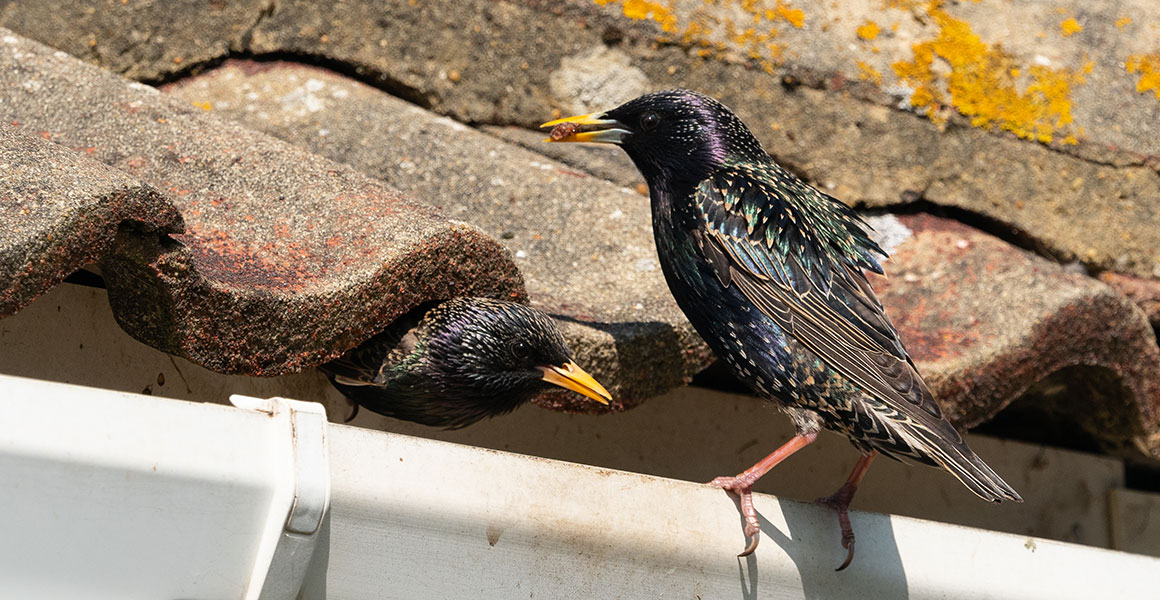
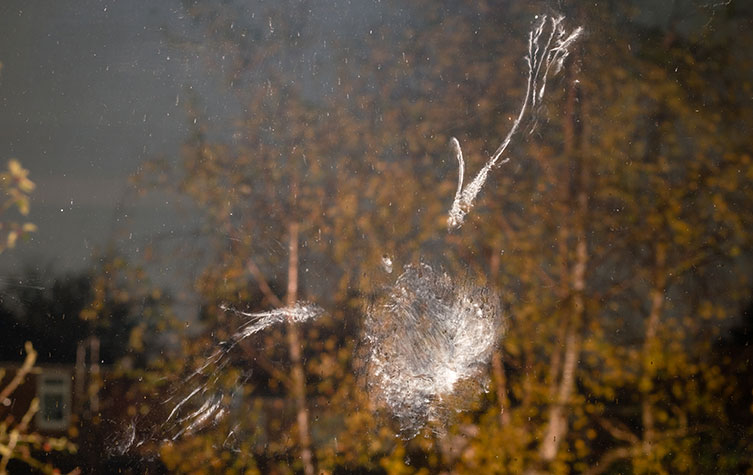
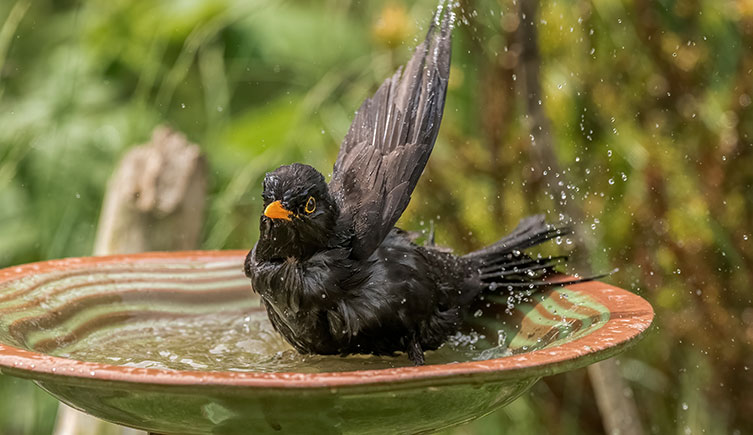

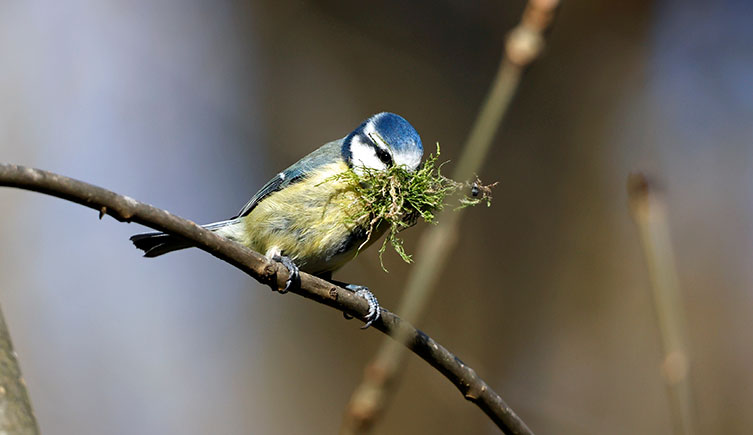
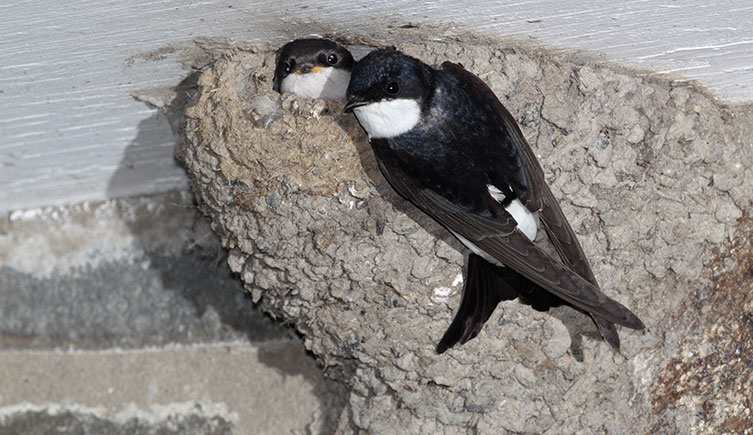
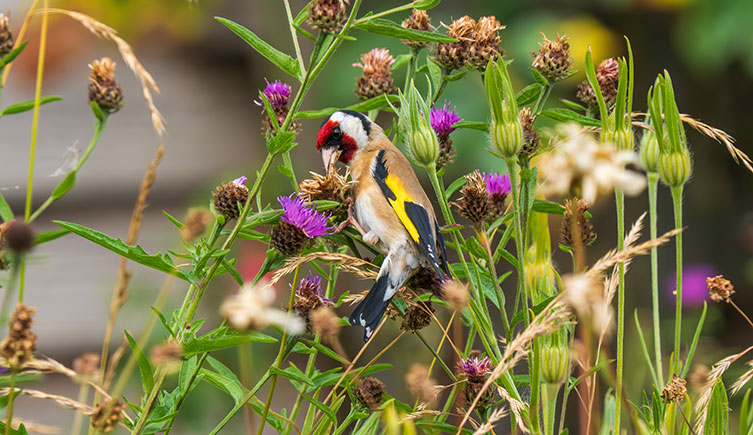
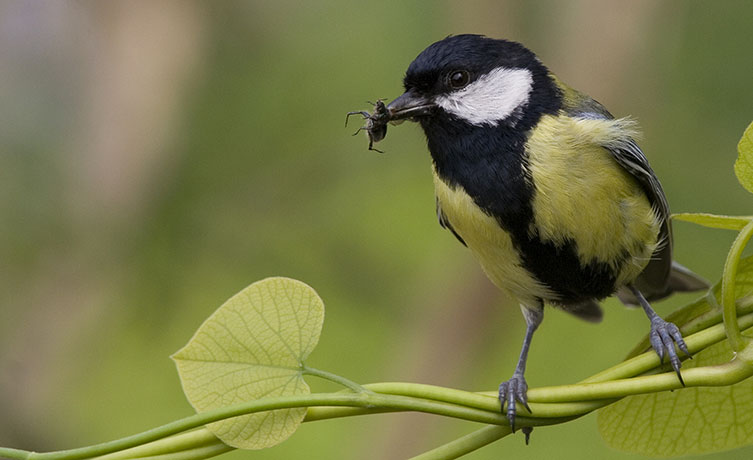

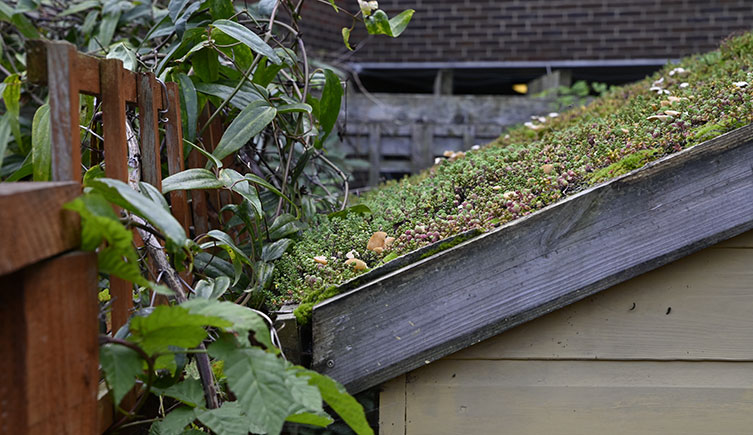
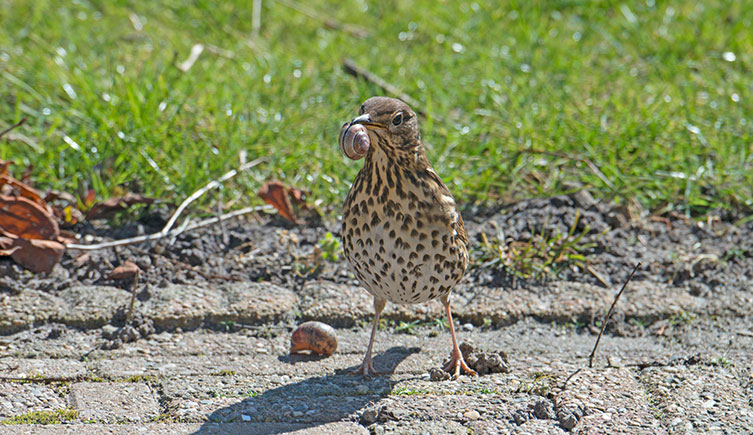
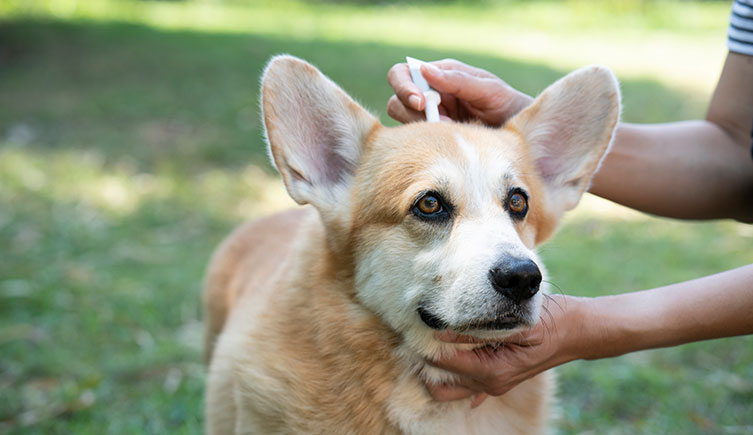

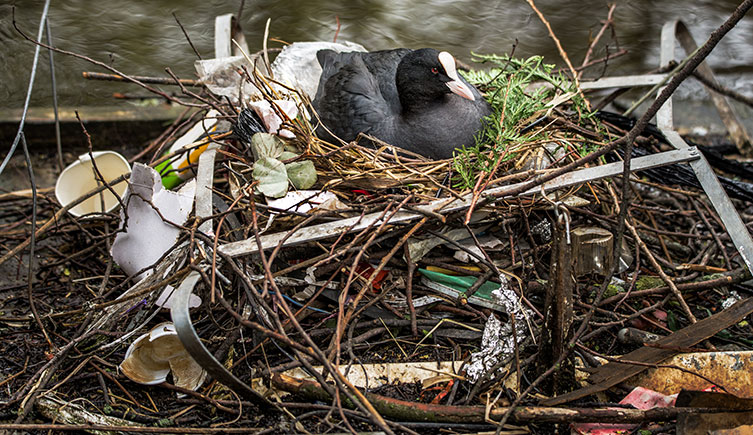
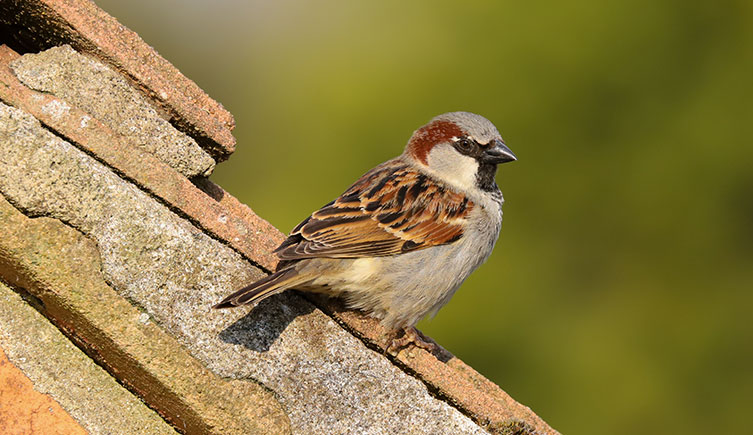



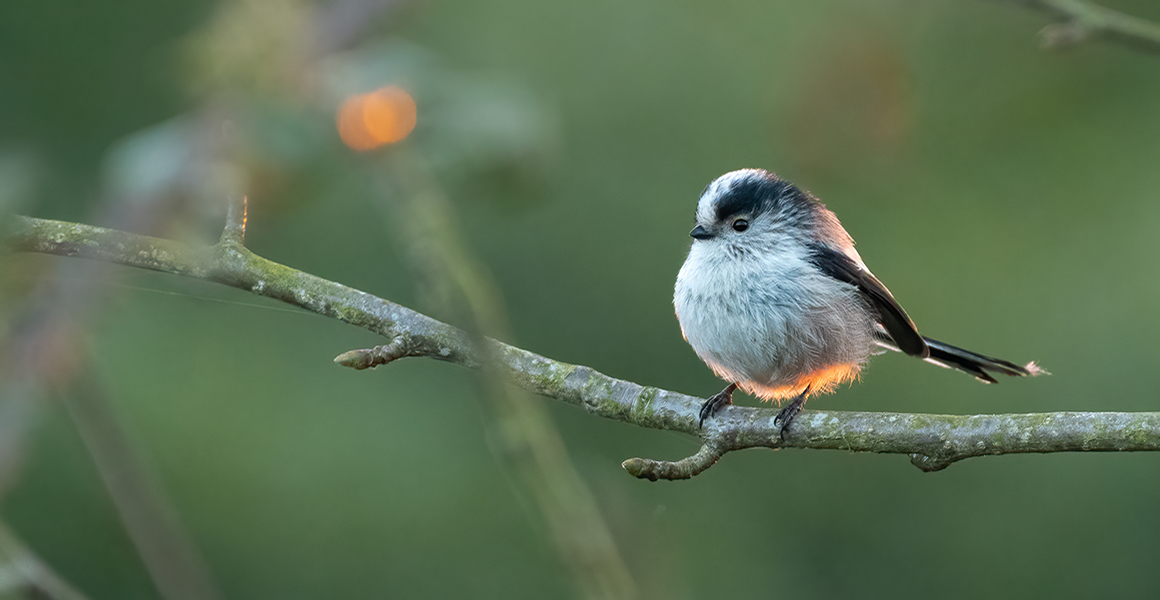
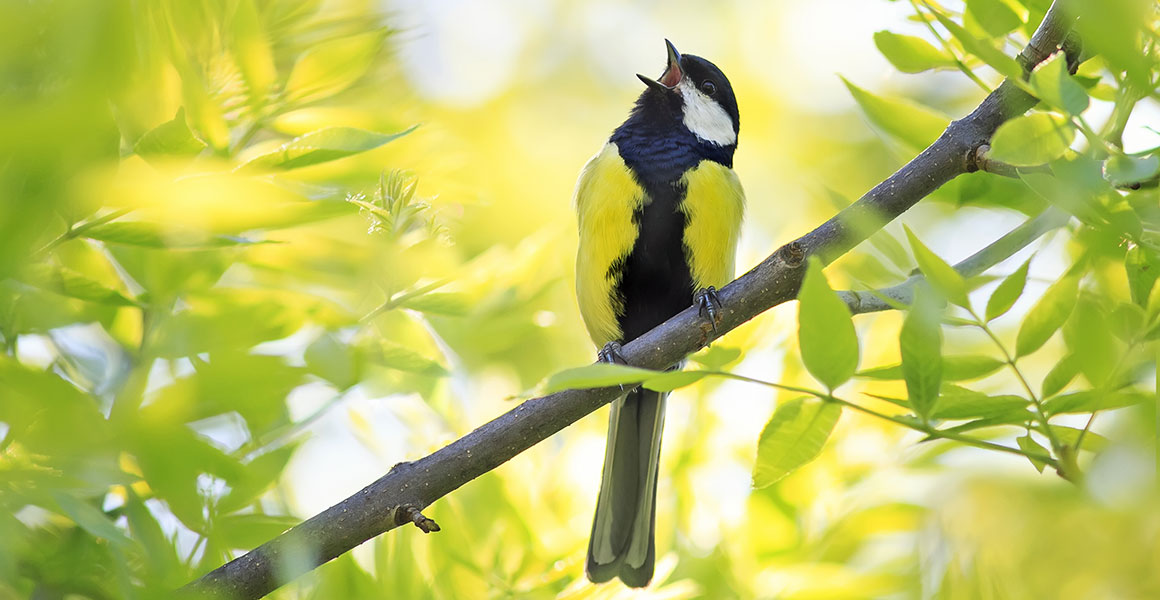
Don't miss a thing
Receive email updates about our news, science, exhibitions, events, products, services and fundraising activities. We may occasionally include third-party content from our corporate partners and other museums. We will not share your personal details with these third parties. You must be over the age of 13. Privacy notice.
Follow us on social media